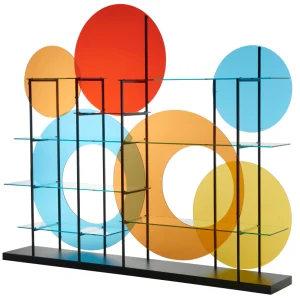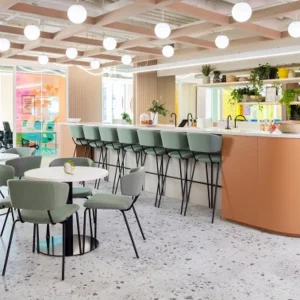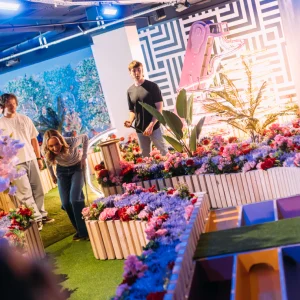Valued at AED2.4 billion ($6.5 billion), the project is designed by the Pritzker-prize winning architect Jean Nouvel and is a major milestone in cross-cultural dialogue exhibiting universal themes and diverse exhibits.
Spanning 64,000 square metres of space, Louvre Abu Dhabi will feature a complex of pavilions, plazas, alleyways and canals, evoking the image of a city floating on the sea. It will be constructed on a temporary platform in the sea which was built in 2009.
To add a touch of classic aesthetic, the complex will be designed with traditional Arabic architectural theme. Paying homage to tradition, the complex will feature a vast, shallow dome of some 180 metres in diameter, perforated with interlaced patterns to filter the magical, diffused light through.
Upon completion, the museum will feature 9,200 square metres of art galleries. It will include 6,000 square metres of permanent galleries, which will provide the visitors a universal journey from the most ancient to contemporary through art works from different civilisations. The 2,000 square meter temporary gallery will exhibit temporary exhibitions of international standards.
Incorporating passive design techniques and environmental principles, the construction work includes the utilisation of natural form of buildings and inherent properties of materials to improve outside conditions, such as solar shading effect of the dome’s roof and self-shading of buildings.
The dome has been designed in such a way that the roof primarily acts as a shading canopy to protect the outside plaza and building below from the radiant heat of the sun, by reducing the building’s energy consumption. It allows the visitors to walk in comfort between different exhibition spaces.
Louvre Abu Dhabi is being developed with the expertise of the Agence France-Muséums and in partnership with the Musée du Louvre, renowned for its museological excellence since its foundation in 1793. The Museum will showcase the interrelationships among artistic achievements from different cultures around the world.
Upon completion of the building, including the marine works, the 40-metre high concrete walls currently built in the sand will be removed to allow seawater to flow in gradually.
Construction work will start immediately, with the museum’s concrete frame to be completed by the first quarter of 2014. Work on the geometric lace dome will be completed by the end of 2014, which will provide an enchanting ‘rain of light’. The final stage includes marine works and removal of temporary land platforms which will be completed in 2015.





